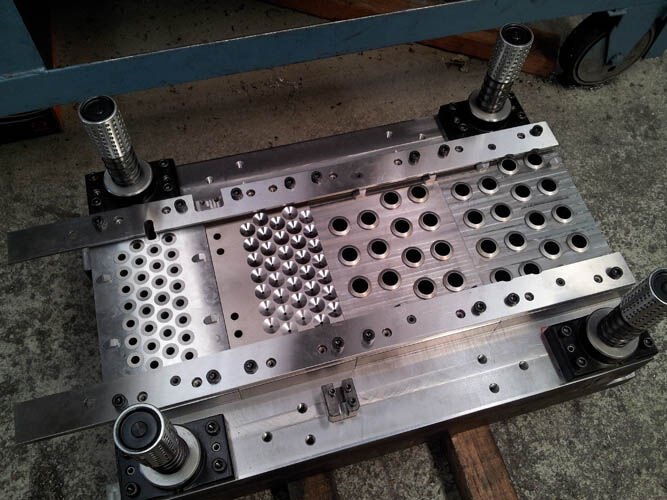
What are Press and Progression Tools?
Tooling is a manufacturing process used in several industries including automotive, manufacturing, mining, food, science and general engineering industries. The process turns raw material into the desired shape with the aid of cutting tools, dies, fixtures, molds, patterns and jigs. The process is limited to a specific production line or the performance of a specific job or contract.
Press Tools
Press tools are commonly used in pneumatic, mechanical and hydraulic presses to produce components at high volumes. Generally speaking, press tools are categorized by the type of operation performed using the tools and include blanking, trimming, forging, bending, forming and piercing. The press tools will be specified as a blanking tool, trimming tool, forging tool, etc.
The blanking tool is the cheapest, and fastest process in manufacturing and is used to perform a metal cutting operation. Blanking is the cutting of flat shapes from sheet metal and produces a component from a single punch where the entire profile is cut in a single stroke.
The trimming tool will trim an irregular edge. When shells and cups are drawn from flat sheet metal the remaining edge is irregular and wavy. This is due to the uneven flow of metal.
A bending tool will apply a simple bend to stampings. One or more bends may be involved and a simple bend is completed when the line of the bend is straight.
Forming tools are used when it is necessary to apply more complex form to workpieces. The line of the bend may be curved rather than just straight and the sheet metal is subject to deformation or plastic flow.
The piercing tool involves cutting clean holes that result in a scrap slug. The operation is also called die cutting and produce flat components where the die or shaped tool is pressed into sheet metal and the result is a shearing action that cuts the holes. This tool is used to cut holes in a variety of materials.
Progression Tools
A progression tool is different from a press tool in that the progression tool will work the material, usually sheet metal in more than one stage. Each stage of the process will find the progression tool shaping the components bit by bit until it reaches its final shape.
Such tools represent a precision manufacturing solution for any type of material and application. Single and multi-action tools can be designed for almost any application to produce top quality components.


